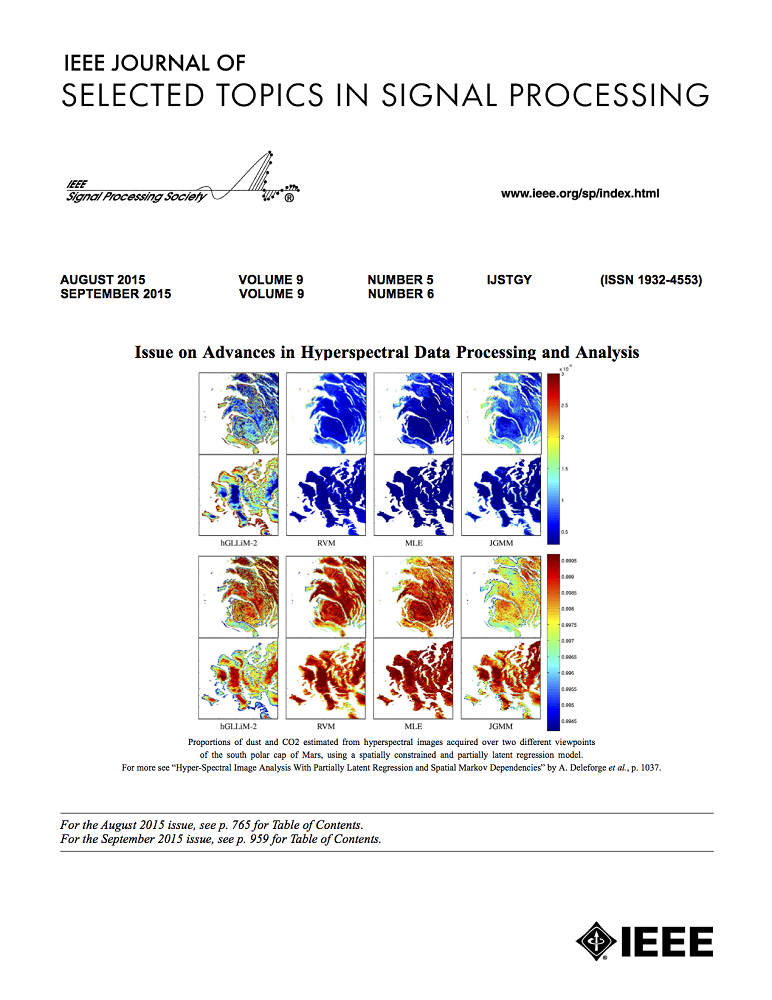基于鲁棒恢复的卷积神经网络净化:一种具有理论保证的单隐层情况
IF 8.7
1区 工程技术
Q1 ENGINEERING, ELECTRICAL & ELECTRONIC
IEEE Journal of Selected Topics in Signal Processing
Pub Date : 2025-03-10
DOI:10.1109/JSTSP.2025.3549950
引用次数: 0
摘要
卷积神经网络(cnn)是深度学习模型的关键架构之一,在图像分类、视频识别和电力系统等许多机器学习任务上取得了优异的性能。尽管取得了成功,但cnn很容易受到自然噪音和后门攻击等人为注入的噪音的污染。在本文中,我们提出了一种鲁棒恢复方法来去除潜在污染cnn的噪声,并利用整流线性单元(ReLU)激活函数对单隐层非重叠cnn提供精确的恢复保证。我们的理论结果表明,在一些温和的假设下,在过参数化设置下,cnn的权值和偏差都可以精确地恢复。实验结果表明,该方法在综合环境和实际神经网络环境下都是有效的。我们的结果还表明,所提出的方法可以扩展到多层cnn,并有可能作为针对后门攻击的防御策略。本文章由计算机程序翻译,如有差异,请以英文原文为准。
Purification of Contaminated Convolutional Neural Networks via Robust Recovery: An Approach With Theoretical Guarantee in One-Hidden-Layer Case
Convolutional neural networks (CNNs), one of the key architectures of deep learning models, have achieved superior performance on many machine learning tasks such as image classification, video recognition, and power systems. Despite their success, CNNs can be easily contaminated by natural noises and artificially injected noises such as backdoor attacks. In this paper, we propose a robust recovery method to remove the noise from the potentially contaminated CNNs and provide an exact recovery guarantee on one-hidden-layer non-overlapping CNNs with the rectified linear unit (ReLU) activation function. Our theoretical results show that both CNNs' weights and biases can be exactly recovered under the overparameterization setting with some mild assumptions. The experimental results demonstrate the correctness of the proofs and the effectiveness of the method in both the synthetic environment and the practical neural network setting. Our results also indicate that the proposed method can be extended to multiple-layer CNNs and potentially serve as a defense strategy against backdoor attacks.
求助全文
通过发布文献求助,成功后即可免费获取论文全文。
去求助
来源期刊

IEEE Journal of Selected Topics in Signal Processing
工程技术-工程:电子与电气
CiteScore
19.00
自引率
1.30%
发文量
135
审稿时长
3 months
期刊介绍:
The IEEE Journal of Selected Topics in Signal Processing (JSTSP) focuses on the Field of Interest of the IEEE Signal Processing Society, which encompasses the theory and application of various signal processing techniques. These techniques include filtering, coding, transmitting, estimating, detecting, analyzing, recognizing, synthesizing, recording, and reproducing signals using digital or analog devices. The term "signal" covers a wide range of data types, including audio, video, speech, image, communication, geophysical, sonar, radar, medical, musical, and others.
The journal format allows for in-depth exploration of signal processing topics, enabling the Society to cover both established and emerging areas. This includes interdisciplinary fields such as biomedical engineering and language processing, as well as areas not traditionally associated with engineering.
 求助内容:
求助内容: 应助结果提醒方式:
应助结果提醒方式:


